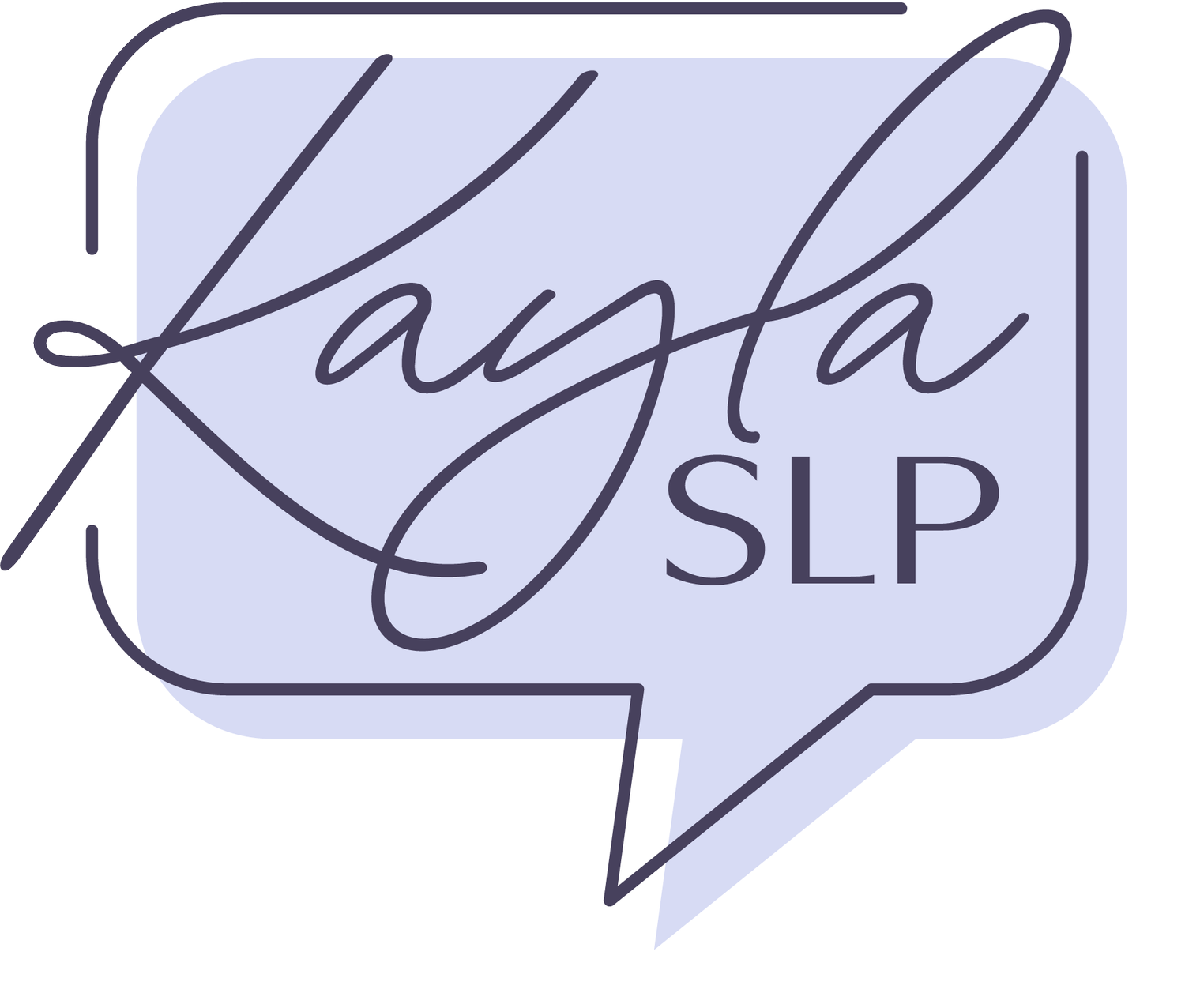Targeting Narrative Language with Spooky Stories
*As an Amazon Associate, I earn from qualifying purchases.
It’s no secret that narrative language can be a tricky skill to teach. Organizing thoughts, staying on topic, sequencing, using the right verbs and connectors… yeah, it’s a lot. And for many of our students, especially those with language disorders, it doesn’t come naturally.
But spooky season? It’s practically made for storytelling.
There’s something about a foggy forest or a haunted attic that pulls kids in. They want to describe it. They want to explain what’s happening. They’re curious, which makes it the perfect entry point for narrative work.
Why Use Spooky Stories?
The beauty of this theme is that you don’t have to start from scratch. Spooky stories come with a built-in setting, characters, and usually a problem. There’s tension, a sequence of events, and a resolution. In other words: narrative structure already lives here.
And the best part? You can scale it up or down depending on your student’s level.
How I Use Spooky Stories in Therapy
Let’s talk practical. Here are a few ways I use spooky stories to support narrative language:
1. Start with a visual
Sometimes all it takes is a single image, like a glowing jack-o-lantern on a dark porch, a cat with wide eyes hiding behind a tree, or a crooked house with one light on.
I’ll pull up the image and ask:
“What do you think is going on here?”
“Who lives there?”
“What might happen next?”
We’re working on setting, character, and plot right out of the gate, without a worksheet in sight.
2. Use story-building supports
For students who need more structure, I’ll bring in visuals to guide their storytelling:
Characters (witch, kid in costume, black cat)
Settings (haunted house, forest, school at night)
Problems (someone’s lost, something scary is outside, they hear a noise)
Solutions (find a flashlight, call for help, be brave)
We pick one from each column and build a story together. I’ll model full sentences, prompt for temporal words (then, suddenly, after that), and highlight emotional language as we go.
If you’re short on time, you can do the same thing verbally or turn it into a quick comic strip.
3. Reread Halloween favorites with a narrative lens
Books like The Little Old Lady Who Was Not Afraid of Anything, Room on the Broom, and Creepy Pair of Underwear give you a full narrative arc to work with.
And I don’t just read the story straight through. We stop and talk about:
“What’s the problem?”
“How did she solve it?”
“What happened after the broom broke?”
Then we retell, sometimes with pictures, sometimes with a simple story map, sometimes by acting it out. (Acting it out? Always a win.)
Goals We’re Targeting
You don’t need to hit everything in one session, but spooky stories give you space to work on:
Story grammar (character, setting, problem, emotions, solution)
Sequencing and transitions
Perspective taking
Descriptive language
Emotional vocabulary
Sentence expansion and verb use
And if you’re in a mixed group? You can work articulation, syntax, and social skills in, too.
With That Being Said…
Narrative work doesn’t have to feel like a worksheet. With the right visuals, a little imagination, and the lights turned low, your students can practice real storytelling skills in a way that’s fun, engaging, and functional.
So go ahead and pull out the spooky prompts. Ask the “what if…” questions. And let your students take the lead in telling spine-tingling tales.
Love this post?
Pin it for later!
Save this blog post to your favorite Pinterest board so you can come back to it anytime.


